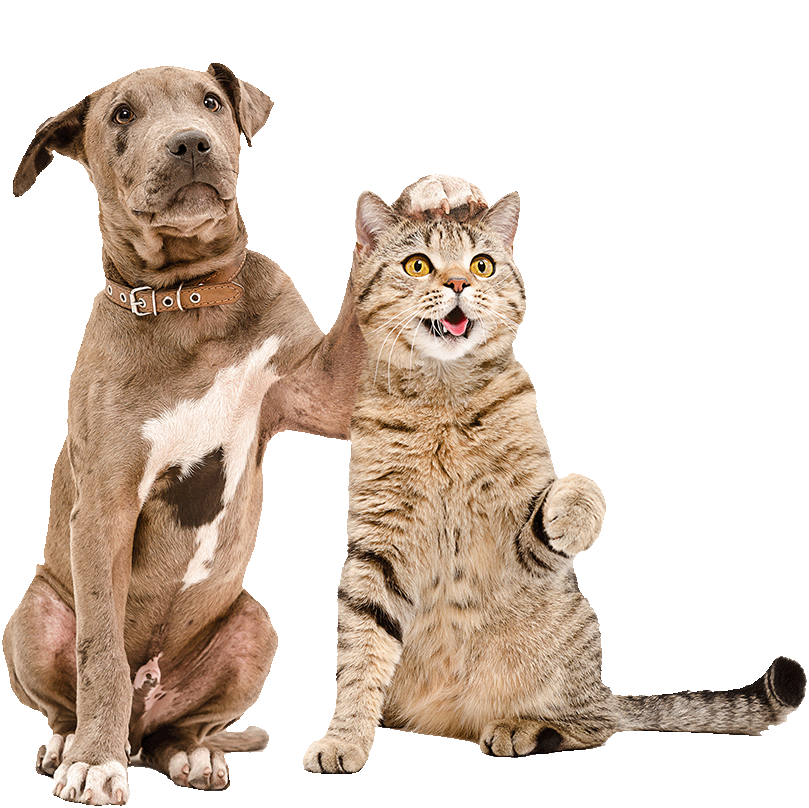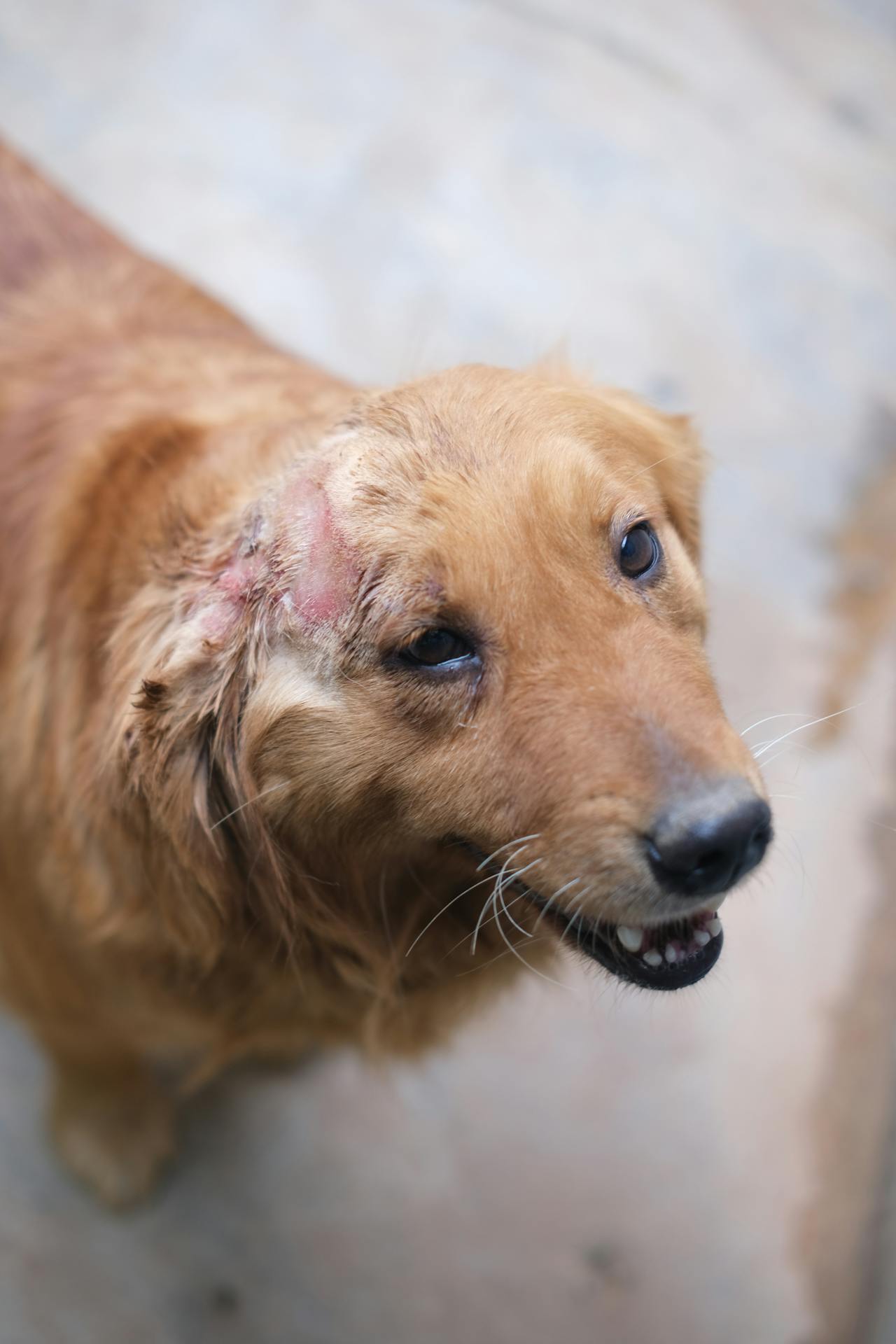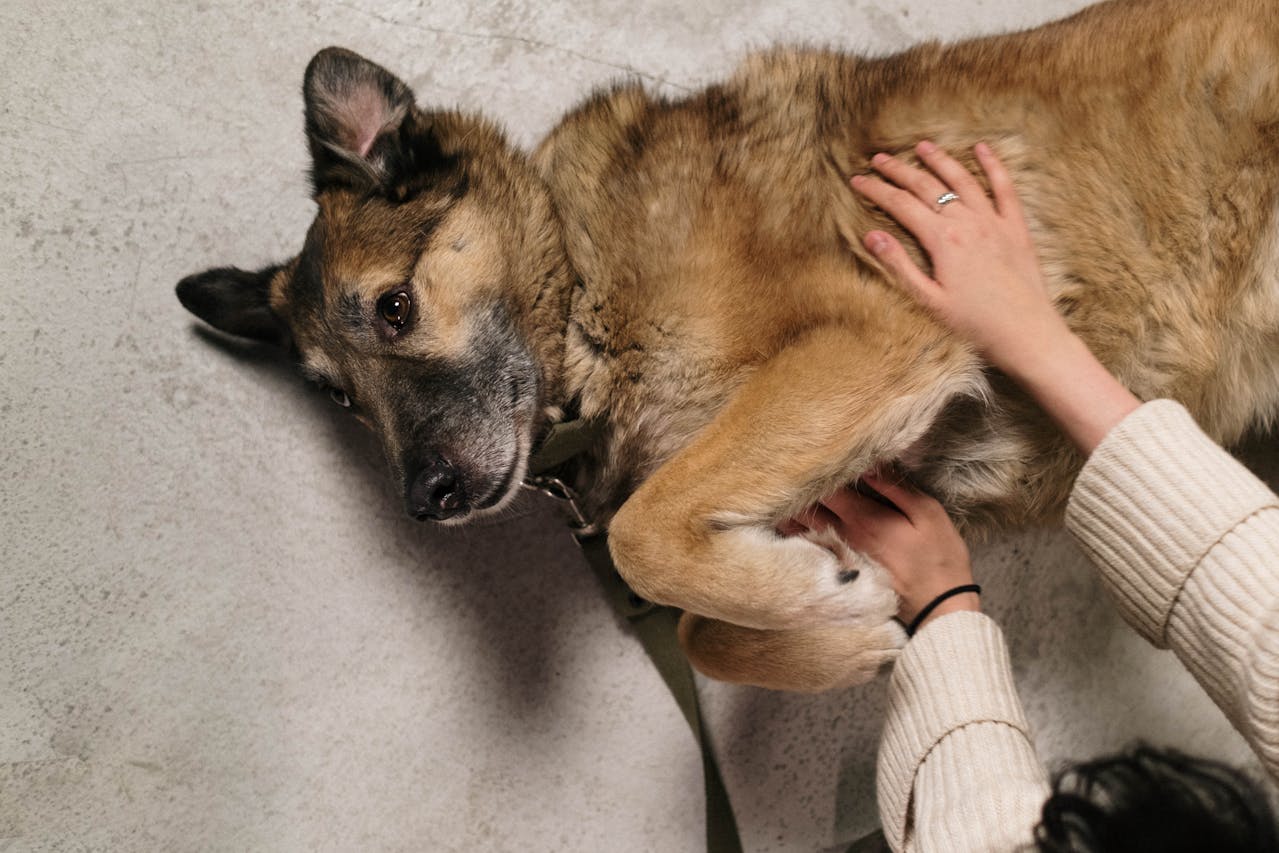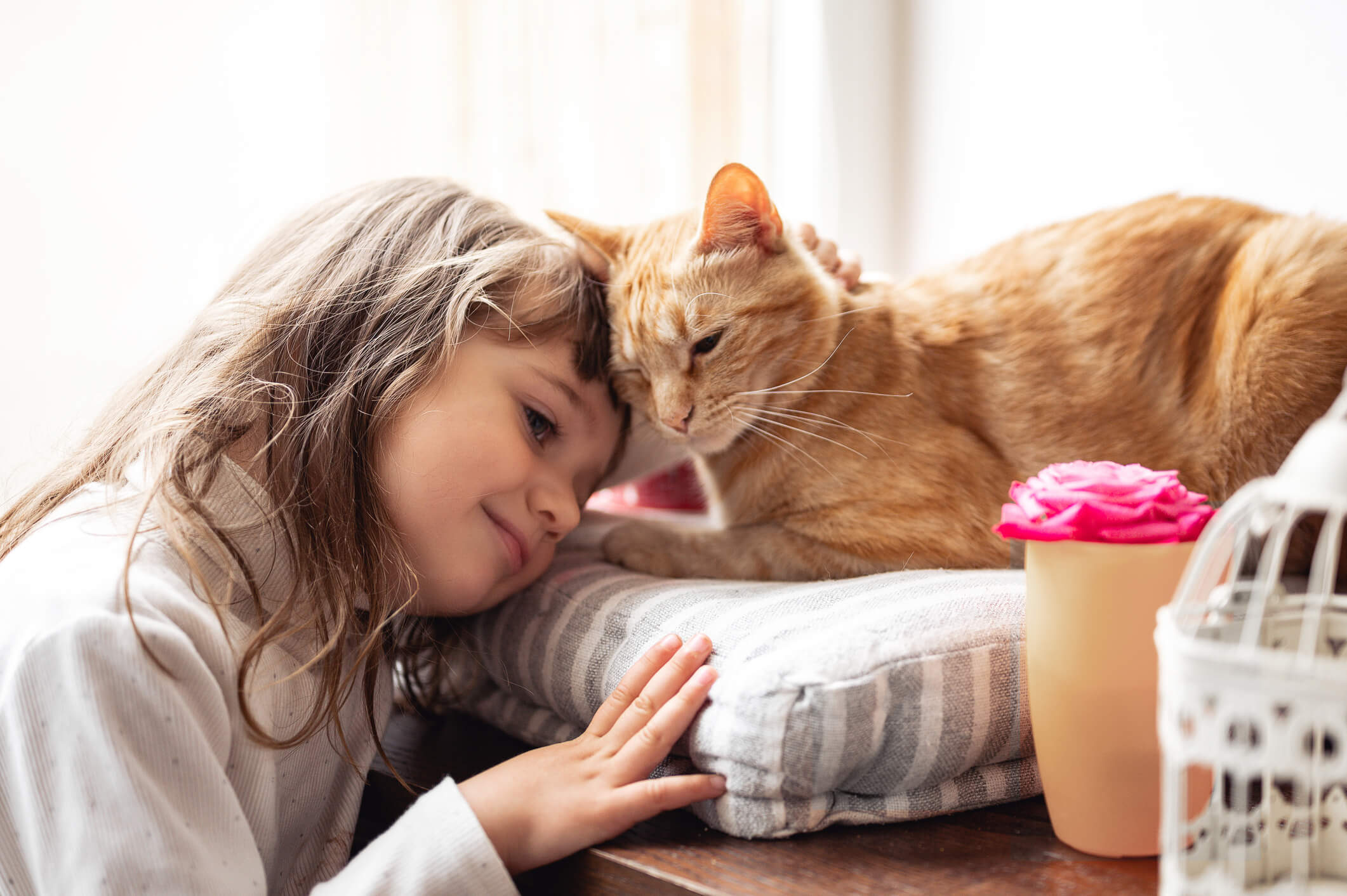What Is Bloat in Dogs?

It happens when a dog’s stomach fills with gas and then twists. This twist blocks blood flow, causing a chain reaction of dangerous issues throughout the body.
As the stomach swells, it puts pressure on other organs and blood vessels, especially the ones that carry blood back to the heart. This leads to poor circulation and shock. What’s even more frightening is that when the stomach twists, it can pull other organs—like the spleen and pancreas—along with it. Without blood flow, the pancreas can release toxins that may suddenly stop the heart, even if the dog seems to be recovering after treatment.
Sadly, even mild cases of bloat can be fatal if not treated right away.
Signs to Watch For
Bloat can come on quickly, so it's important to know the warning signs:
-
A swollen or bloated belly
-
Unsuccessful attempts to vomit (retching)
-
Excessive drooling
-
Restlessness or pacing
-
Signs of pain, especially if you touch their belly
If not treated within an hour or two, a dog can go into shock and die. Heart rate rises, the pulse weakens, and without immediate care, the outcome can be tragic.
Why Do Dogs Get Bloat?
Veterinarians have been trying to fully understand the cause of bloat for years. We know the stomach fills with gas and twists—but we still don’t know if the gas causes the twist, or if the twist traps the gas. Either way, once it starts, things can go downhill fast.
How Is Bloat Treated?
If a vet suspects bloat, they’ll act fast to treat shock and stabilize your dog. Once your dog is stable, emergency surgery is usually needed. During surgery, the vet will untwist and deflate the stomach. If any part of the stomach is damaged, they’ll remove that section.
To help prevent it from happening again, the vet may also perform a gastropexy, which involves attaching the stomach to the abdominal wall so it can't twist in the future. Without this step, up to 90% of dogs who recover from bloat could experience it again.
Can Bloat Be Prevented?
There’s no guaranteed way to prevent bloat, but you can take steps to lower the risk.
Some dogs are more prone to bloat than others:
-
Dogs with deep, narrow chests (like Great Danes) are at higher risk.
-
Other at-risk breeds include St. Bernards, Weimaraners, Irish and Gordon Setters, Standard Poodles, and Dobermans.
-
Males are more likely than females to bloat.
-
If a dog’s close relatives have had bloat, it increases their risk too.
Feeding habits also play a role:
-
Dogs that eat one big meal a day are more likely to bloat than those who eat two smaller meals.
-
Eating too quickly can also increase the risk—fast eaters are five times more likely to bloat than slow eaters. Slow-feed bowls or puzzle feeders can help.
-
Feeding your dog in a calm, stress-free environment helps too. Anxious, hyper, or fearful dogs are at a higher risk.
What about food types or bowl height?
There’s mixed information out there. Some ingredients like soybean meal or high-fat foods may increase the risk, especially when they’re listed among the top ingredients. Raised bowls were once thought to help, but now they’re believed to possibly increase risk too. Because of conflicting research, it’s best to talk with your vet before making big changes.
Preventative surgery: For high-risk dogs, some vets recommend preventive gastropexy—sometimes done at the same time as spaying or neutering. This can now be done laparoscopically, which is less invasive. Whether or not it’s the right choice depends on your dog’s breed, health, and risk factors—talk to your vet about it.
Final Thoughts
Bloat is scary, but being informed can help save your dog’s life. Know the signs, act fast, and talk with your vet if you think your dog is at risk. Quick treatment can mean the difference between life and death.
Get insurance plans with wide-ranging coverage options













